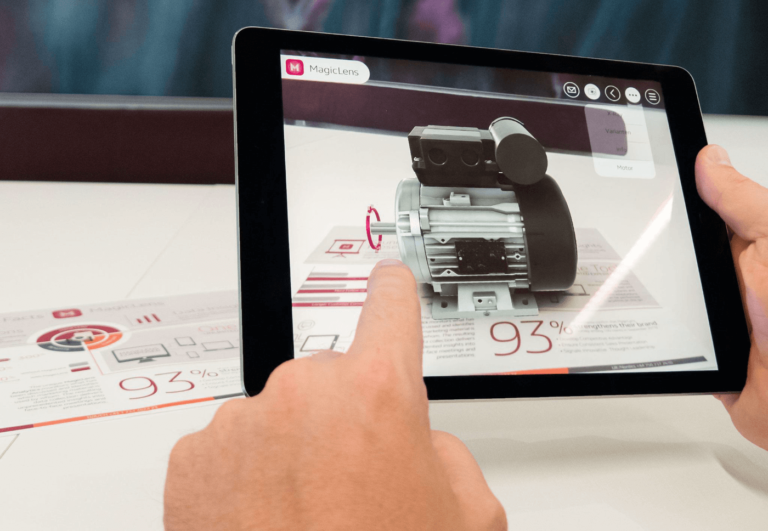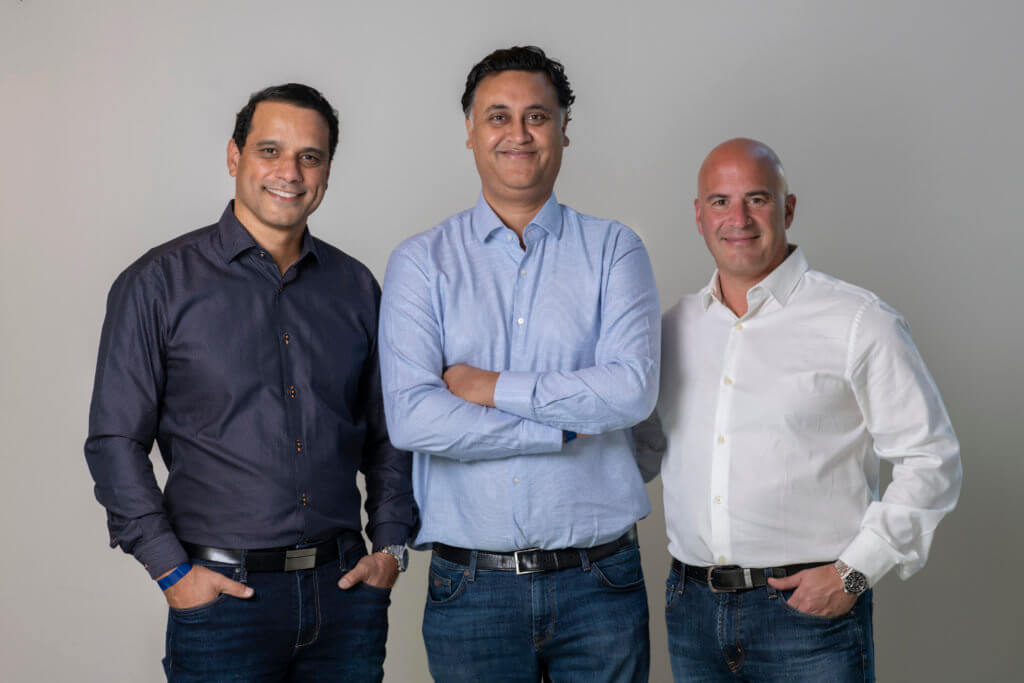
Source: arpost.co
An AR-based and 3D visualization platform, MagicLens, recently became part of the nesting doll company that is CareAR. CareAR acquired MagicLens in January after being acquired by Xerox. We will come back to that. First, what does MagicLens offer?
Get to know MagicLens
MagicLens is an interactive 3D visualization and augmented reality platform. The company uses computer-aided design (CAD) files to create 3D models that can be exploded for a close-up view, or peeled back to see the inner workings of complex devices.

If you have a hard time imagining what that would be like, think of some of the scenes in the Marvel movies where Tony Stark or Peter Parker (is that a spoiler?) are designing technology by moving parts of digital models with their hands. In real life, most of these applications work the other way around: to better understand the technology that already exists.
In fact, all of the MagicLens material focuses on using models for education, training, and marketing rather than the actual design process. That explains why they were acquired by CareAR.
Remember CareAR?
CareAR is an augmented reality visual support company that creates AI-assisted interactive images for customer service, field service, and IT. The company was listed first in the ARPost list of remote collaboration and support services last year, shortly after its own acquisition by Xerox.
“[The acquisition] it is allowing us to scale our innovation and reach”, Vice President and General Manager Samantha Wilmot said ARPost at the time. “Xerox’s expertise in AI, RPI and predictive analytics really dovetails with our AR expertise.”
CareAR gained even more AI expertise later that year when they acquired image recognition company CraftAR. Being able to recognize items in the physical world makes it easier to implement virtual images that make sense to the user, according to CareAR president Sam Waicberg, who explained the situation in an interview on the AWE show floor in November.
“Image and object detection delivers a 3DAR experience, all built into the app, via an SDK.” Waichberg said. “It offers content with context. I could select which task I want to do and the instructional content will be delivered to me in the context relevant to that team.”
But, to really understand the MagicLens acquisition, we need to go back even further.
Going up with everything else
“The thought process started before the Xerox acquisition with the question of how to make content more accessible.” CareAR Co-Founder and Chief Product Officer Chetan Gandhi said ARPost shortly after its acquisition by Xerox. “We started building a platform that would have a number of building blocks… AR is just one part.”

Gandhi explained a long-term vision for CareAR that includes different computing form factors like glasses. These come with command expectations such as hands-free controls that come from consumer and business use cases. This means AR, but it also means investing in emerging technologies, which CareAR is increasingly able to do through PARC.
See also: A DARPA-funded PARC project could be the future of remote assistance
“AR is important. I live and breathe AR.” Gandhi said. “But we’ve reached that point where AR in the enterprise has to create everything else, the content, the platform.”
The coolest thing in sci-fi coming up
AR visualization is great. And, it’s practical. While MagicLens, CareAR, and even Xerox may not be on everyone’s mind when we think of AR, these companies are working to make AR in the enterprise much more practical.
Read More at arpost.co